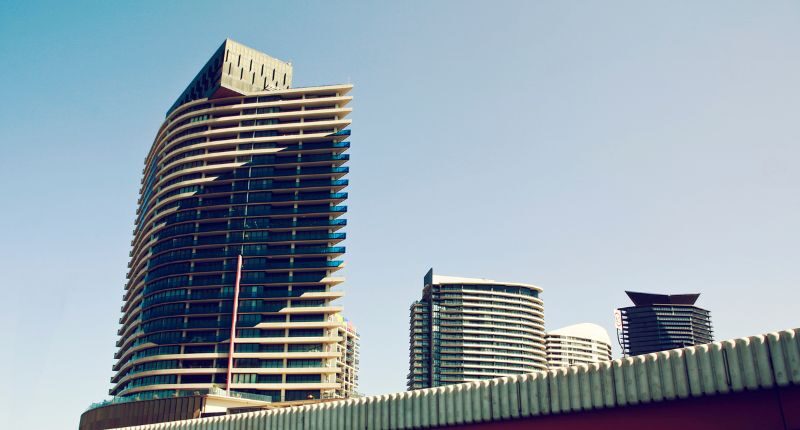
- Affordability was a driver for unit and apartment demand
- Smaller cities reigned supreme
- Sydney's luxury market shined while others slumped
In Hotspotting’s latest Price Predictor Index (PPI) for Autumn 2023, Director Terry Ryder has noted that markets are “highly segmented”, with varying outcomes across the capital cities and local government areas.
It is also a shift from the last report, Ryder said: “The previous edition – Summer 2022-23 – suggested that the pursuit for affordability was the key theme, but this Autumn’s edition finds no common issue running through the various markets across Australia.”
Top 5 trends in Australia’s property market
- Perth, Darwin, Adelaide, and key regions dominate,
- West Australia and Queensland comprise large portions of Hotspotting’s Top 100 Supercharged Suburbs,
- Small is beautiful, as unit popularity rises,
- Luxury lags, but Sydney shines, and
- Consistency rules
1. Small cities delivered bigger results
Ryder said Perth, Darwin, Adelaide, and key regions have all delivered strong sales activity and price growth. The story is in contrast to the big eastern cities, the Top 100 Supercharged Suburbs only comprising 28 locales from Sydney and Melbourne.
“Regional markets are also still providing success stories, although it’s no longer the iconic sea change locations which lead, but hill change areas and smaller regional towns and cities,” said Ryder.

2. Top 100 comprises mostly of Perth and Regional Queensland
The list comprises two-thirds capital city locations and the remainder regional.
“The strength in the Perth and Regional Queensland markets means that 40 of the Top 100 are in WA and Queensland,” said Ryder.
“Signs of revival in parts of the Sydney market and some of the regional markets means that NSW provides 31 of the 100 locations.
“With Melbourne among the weakest markets and Regional Victoria steady only, Victoria provides only 14 of the Top 100. SA is less prominent, with the regional areas weaker than before, while Tasmania barely features at all.”
3. Small is beautiful
The popularity of units was driven by the desire for affordable homes in inner-city areas.
“Melbourne and Brisbane both have weak markets overall, but their near-city precincts are among their best performers,” said Ryder.
“If a well-located suburb has apartments at half the price of houses, or less, then it’s likely to have solid to strong demand from buyers.
“Rental demand is strong also and the return of migrants and overseas students in good numbers is likely to keep interest in these areas high in 2023.”
4. Prime property plunge, but not in Sydney
The luxury side of property is typically weaker across the capital cities and major regional centres, according to the report.
Exception: Sydney.
Ryder noted that the luxury market or Top End was the weakest in Canberra, Adelaide, Hobart, Gold Coast, Sunshine Coast, Central Coast (NSW), regional NSW and regional Victoria.
“The most expensive areas of Melbourne are at a low ebb also, although perhaps not the weakest sector of an overall weak city,” said Ryder.
“The big exception to this general theme is Sydney, where this survey shows revival in some of the most exclusive areas, including the Northern Beaches. Ironically, the weakest part of the Greater Sydney market is the outer ring.”
5. Consistency
Ryder said if there is a dominant word that emerges from the Autumn 2023 survey, it is consistency.
“Many markets across Australia have recorded fewer suburbs with rising sales activity, but a greater number of locations with steady buyer demand,” said Ryder.
“This means that, while sales activity is not rising in these areas, it has maintained at solid and consistent levels. Locations that deliver consistent demand are among the best markets for investors, as steady buyer activity over time tends to produce good price growth.
“This is why this report always puts focus on the consistency markets, with a National Top 50 and an award for ‘The nation’s most consistent market’ in each edition.
“Market areas with record numbers of consistency markets include Adelaide, Perth and the regional markets of Queensland, Victoria, NSW, and WA.”







